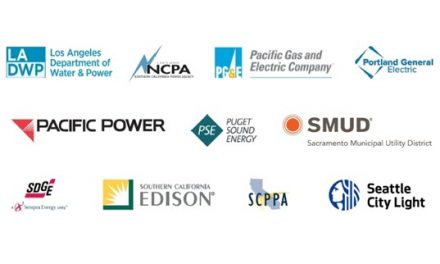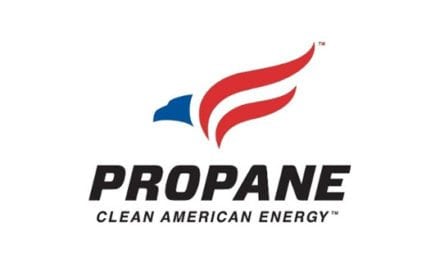Blue Flint Ethanol celebrated a successful 10 years of operations during an onsite celebration at the ethanol biorefinery near Underwood, North Dakota.
“We are proud to be celebrating 10 years of successful operations at our Blue Flint facility. This success has been a team effort driven by our dedicated employees and supported by our business partners and the local and state community. We are grateful for the many opportunities this business has created and shared and we continue to improve our business every day,” Jeff Zueger, CEO of Midwest AgEnergy Group, the North Dakota biofuels enterprise that owns Blue Flint Ethanol.
Located adjacent to Coal Creek Station, Blue Flint Ethanol is the first co-located, directly integrated ethanol plant in the world. The plant’s location is a key factor in making Blue Flint one of the most cost-effective, energy-efficient, environmentally friendly ethanol plants in the country. The secret is in the steam. As a by-product of generating electricity, Coal Creek Station produces process steam that Blue Flint Ethanol uses as the thermal energy in its ethanol production process.
Since Blue Flint began producing ethanol and dried distillers grains in February 2007, the plant has evolved into a biorefinery, integrating corn oil production and an E85 blending station.
Blue Flint Ethanol, a 70-million-gallon facility, has produced over 650 million gallons of ethanol in its 10 years of operations. That ethanol is shipped via truck or rail to markets in the United States and Canada, and has helped reduce the carbon intensity of our nation’s transportation fuels. Blue Flint ethanol has been certified as a low-carbon renewable fuel in many areas of North America.
A blend of 90% gasoline and 10% ethanol produces a high-octane, clean-burning fuel that can be used in all vehicles. Blue Flint Ethanol also has a blending facility that is used to produce E85, which is up to 85% ethanol and 15% gasoline. E85 is used in flexible-fuel vehicles and can be used to create E15 and E30, both high octane fuels.
The transportation industry has driven over 20 billion miles using E10 from Blue Flint Ethanol. Also, using ethanol from Blue Flint Ethanol instead of gasoline has resulted in the displacement of 4.4 million tons of carbon dioxide.









